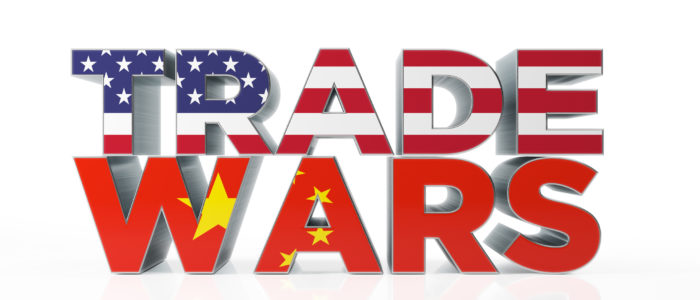President Trump announced on Monday that the USTR will place additional tariffs of $200 billion imports from China. Set to take effect on Monday, September 24, 2018 at ten percent and rising to twenty-five percent on January 1, 2019, these tariffs will be applied to 5,745 full or partial lines of the originally proposed 6,031 tariff lines announced on July 10, 2018. After the review period that began in July, more than 300 categories of goods were removed from the original list. Helmets, safety gear, children’s play pens, car seats, highchairs, and some electronic devices, including smart watches and Bluetooth devices were among the removed items; however, President Trump has stated that further tariffs totaling another $267 billion will be applied if China attempts to retaliate to this announcement.
China was undeterred by that threat and is looking at adding tariffs on an additional $60bn of US goods on the same day these new tariffs go into effect. These tariffs from China will impact 5,207 US products at a five-ten percent level as direct retaliation for the new list of items. Both the US and China have made statements that they are working to find a balance between them to halt the trade dispute, but no agreements have been reached. The United States wants to have more access to Chinese markets, and better intellectual property protections.
Many retailers have no choice but to pass these costs onto consumers, which is a delicate issue as the holiday shopping season looms large over the booming US economy. Unlike the first two rounds of tariffs, which were carefully selected and scheduled to lessen the impact on US consumers, this set is expected to drive up prices on retail goods and could lead China to halt exports to the US of components necessary to many US supply chains. While some companies have started looking for new markets to fill in where cargo from China has become too expensive, the rerouting of meticulously planned supply chains will cost US companies time and money.
View the complete list here.


Comments are closed.